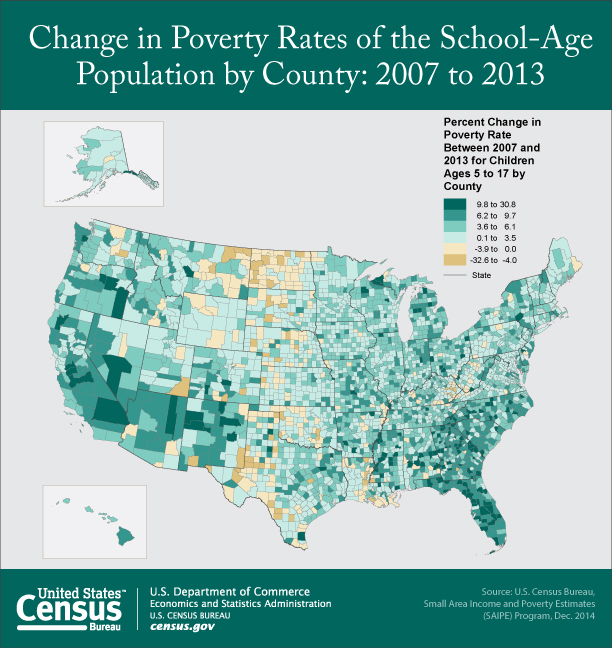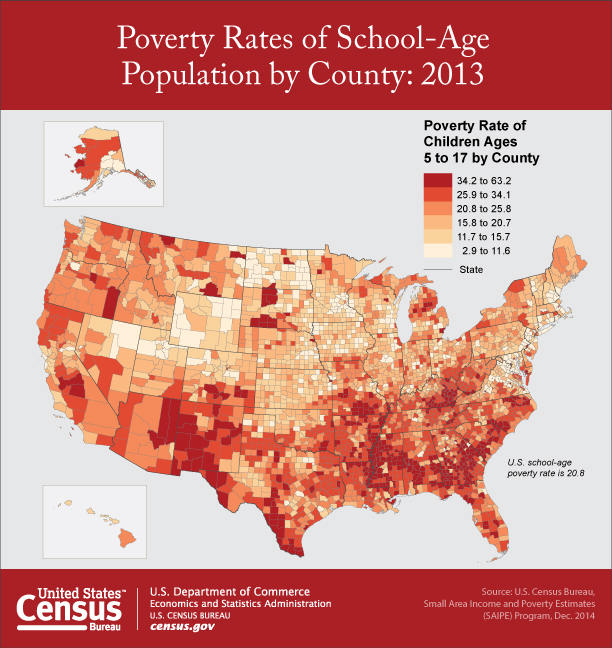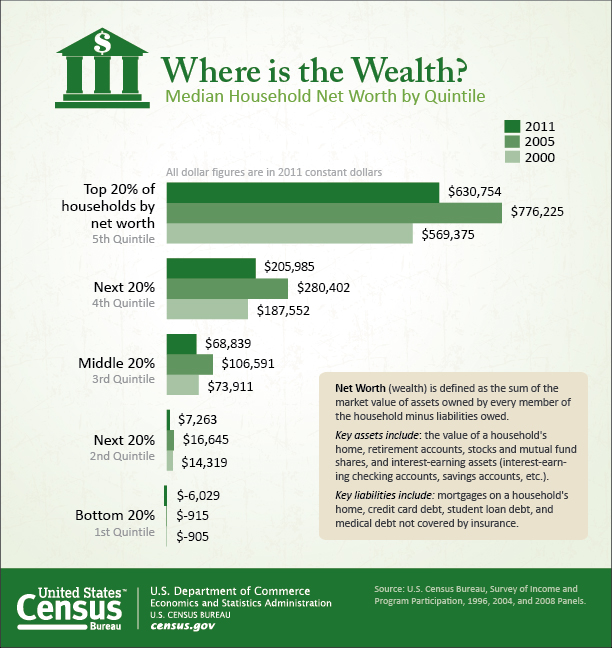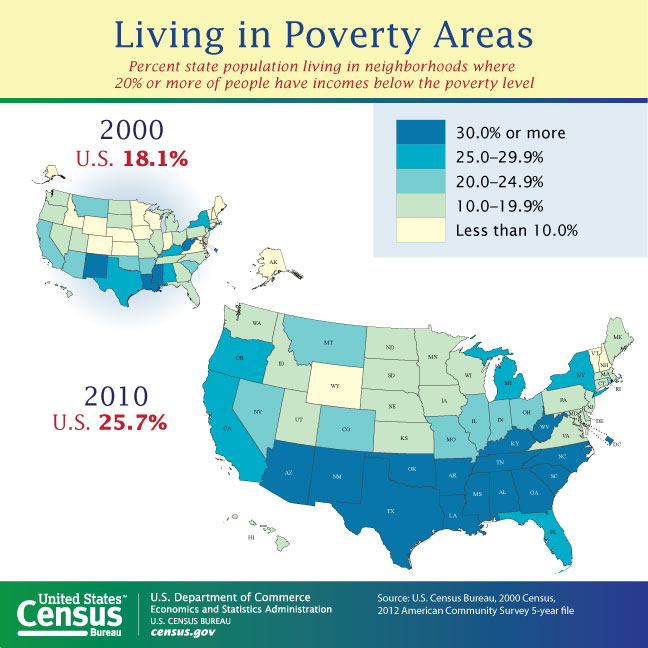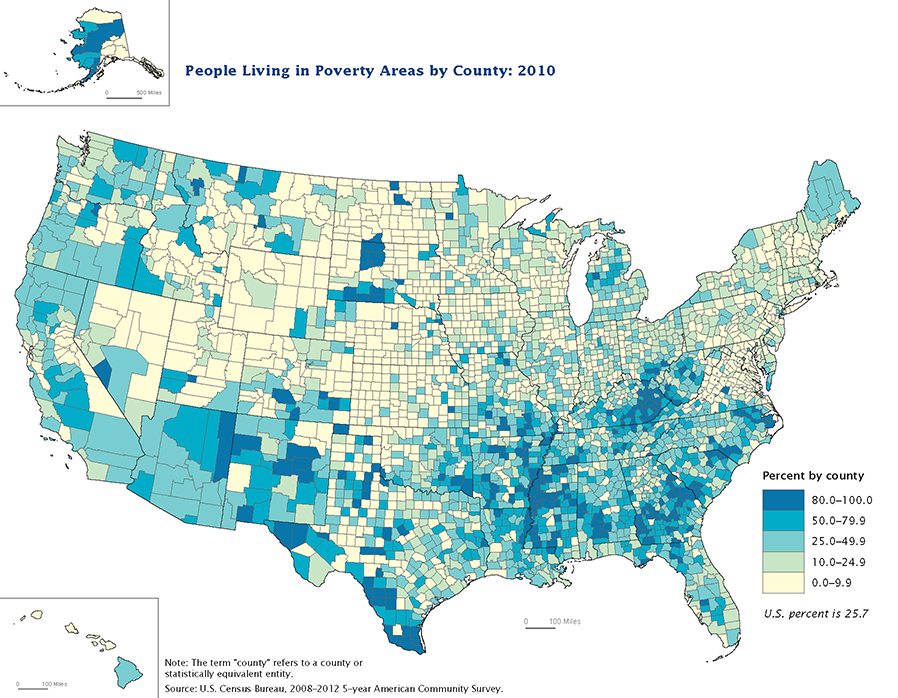About five million (24.1%) U.S. veterans 18 years and older lived in areas designated as rural between 2011 and 2015, according to a new report (Veterans in Rural America: 2011–2015) from the U.S. Census Bureau’s American Community Survey (ACS). The report found that when considering demographic and economic characteristics, rural veterans were similar to urban veterans except for their median household income and employment rates.
Rural veterans had median household incomes more similar to those of rural nonveterans than urban veterans ($53,554 compared with $52,161 and $59,674, respectively). The poverty rate for all rural veterans was 6.9%. This rate increased by level of rurality, to a high of 8.6% for veterans in completely rural counties. Level of rurality is based on the percentage of the county population living in rural areas.
Working-age rural veterans (18-64 years old) had an employment rate of 66.0%, lower than rural nonveterans and urban veterans (67.7% and 70.7%, respectively). The employment rate of rural veterans decreased as the level of rurality increased. Employed rural veterans, however, were more likely to work full time and year-round than rural nonveterans (81.6% compared with 71.5%).
These findings use the ACS 5-year statistics released on December 8. Other highlights include:
Geography
Just under half of all rural veterans lived in the South (45.9%), followed by 26.4% in the Midwest, 14.1% in the West, and 13.7% in the Northeast.
Age
The median age of rural veterans was about 15 years higher than rural nonveterans and two years higher than urban veterans, and their age increased as the level of rurality increased. Rural veterans living in counties that were completely rural were the oldest, with a median age of 66.
Health Insurance
During the 2011-2015 period, 5.2% of all rural veterans and 15.4% of all rural nonveterans were not covered by any type of health insurance plan. Of the rural veterans who had health insurance during this period, 30.3% had private insurance only, 24.6% had public insurance only, and the remainder (45.1%) had a combination of private and public insurance.

